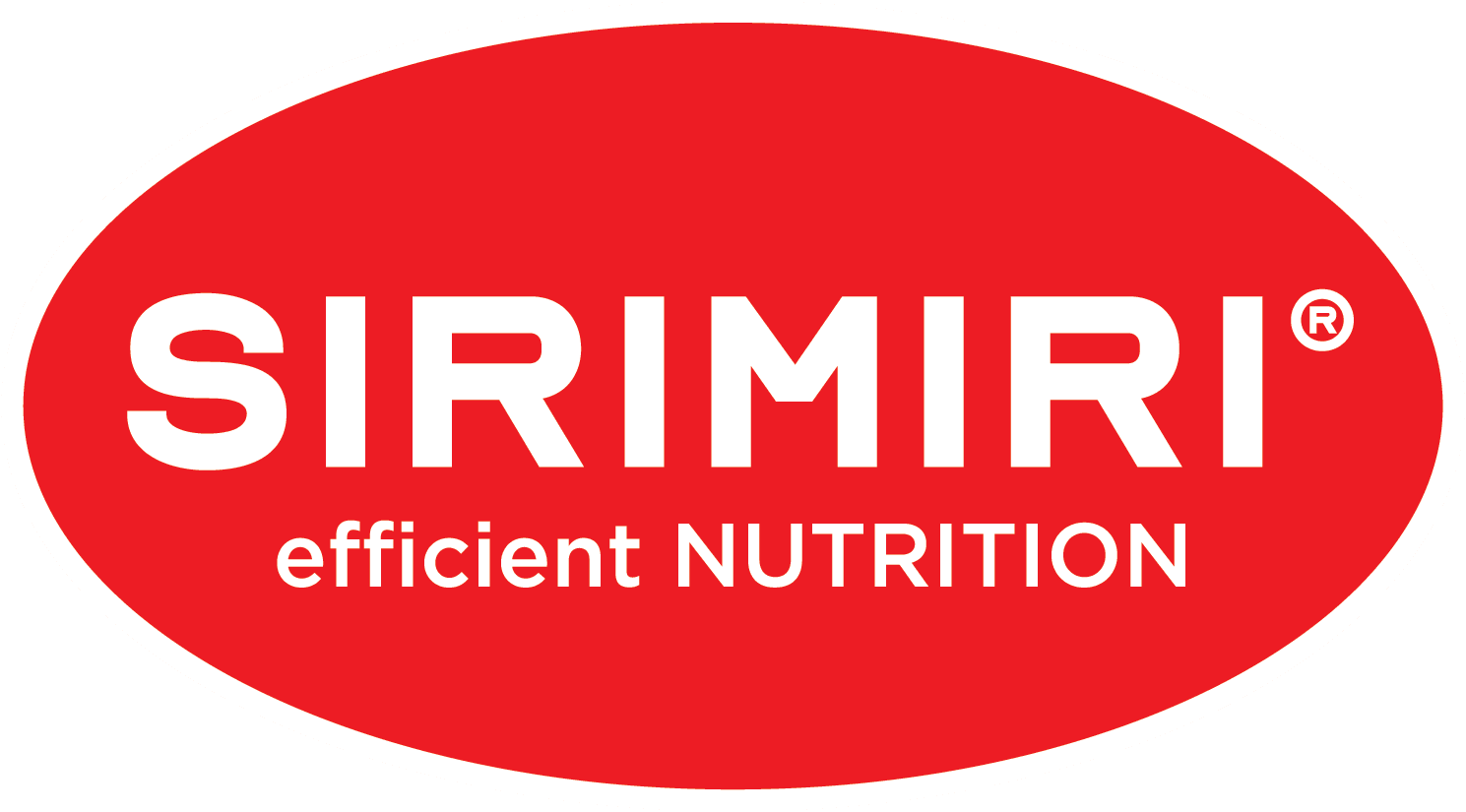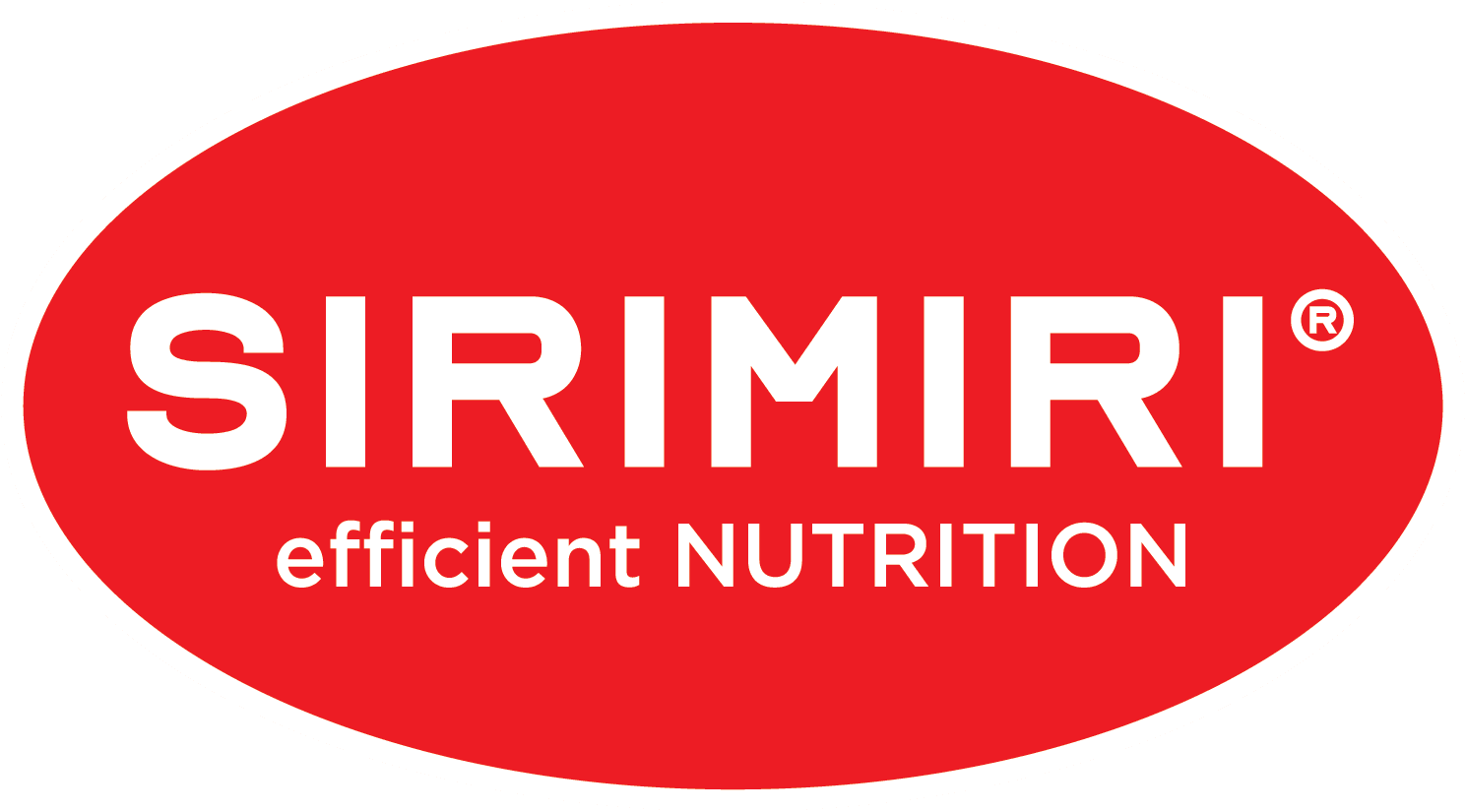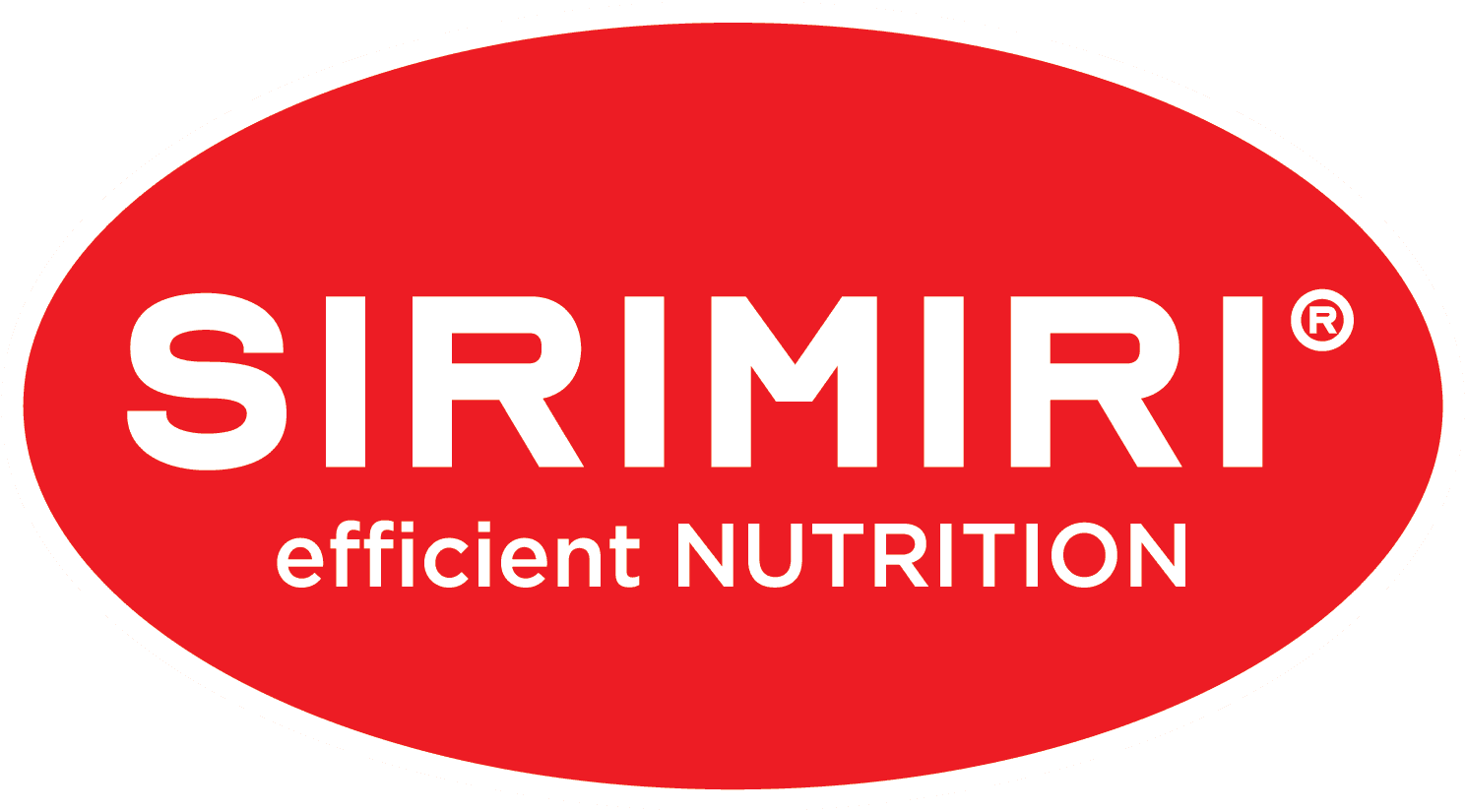PROTEIN BAR – Which one, why, who needs to consume?
PROTEIN BAR – Which one, why, who needs to consume?
As per Indian Council of Medical Research (ICMR), an average adult requires about 55g of protein every day. Protein is nothing but set of 20 (or 21) amino acids. These are the building blocks of life.
If sufficient amount of protein is not consumed, it could lead to malnutrition and hence it is very critical for our well-being. Apart from protein, body also requires two other macro nutrients (1) Fats (2) Carbohydrates. All the three in the right proportion is essential.
For a normal adult, getting sufficient amount of fat and carbohydrate is seldom an issue. They may not get the right type of fat and carbohydrates. But that is for a different blog.
The best source of protein always is through our regular food – breakfast – lunch and dinner. Protein sources typically are nuts, seeds, pulses and wholegrains. Nuts and Seeds have higher protein content while wholegrains have lower protein content. Wholegrains serve as complex carbohydrates. Pulses serve as a source of protein as well as complex carbohydrates. A well-balanced nutritious food is always a better option to get sufficient amount of protein.
If you can get 55g of protein every day, there is no need for protein in the form of any supplements. Protein bars are a supplemental source of protein. Depending on what the daily food consumption pattern is, getting 55g through regular food is actually not very easy but not an impossible task. It takes good level of effort in making right food choices.
But not everyone is normal. Some of us are athletic – amateur or not. I have started training for a sports event and my schedule currently involves the following. (About 30 to 50km Running per week – With Sundays 16 to 21 Km), strength training three times a week. One day of cycling. Swimming will start pretty soon.
My protein requirements are not 55. I require about 70g to 85g per day and as the intensity increases, more protein would be required. This number can vary for each person. Getting an additional 15 to 20g is a major challenge.
Protein, for athletes, is critical for building, recovering and repairing the muscles. Consuming one protein bar with 20g protein can help to obtain the deficit protein easily.
I am not suggesting that non athletes should not consume protein bars. I simply believe that athletes have the actual requirement to consume. Let us start looking beyond the marketing noise!
Next question is how to get quality protein bars. There are several ways to identify.
(1) Ensure that all the ingredients are something you can understand – Overly chemical looking names are a big warning sign. Too many ingredients are also not necessary. Also avoid ingredients such as BROWN RICE SYRUP, PALM KERNEL OIL, VEGETABLE GLYCERIN, Maltitol to name a few. These have no nutritional value and can be harmful for the body.
(2) I would avoid products with artificial sweeteners. – brands use that to show less calorie in the label since the artificial sweeteners are zero/low in carbohydrates and hence low in calorie. If you are active and athletic, what is the harm in consuming carbohydrates as long as it is well within the requirements? How do we know artificial sweeteners are not harming us? Sadly, artificial sweeteners have become a marketing ploy.
(3) Ensure that the product has at least 8g of dietary fibre for each serving of 20g protein. The only foreign looking name you can tolerate in the ingredient list is Fructo Oligosaccharides. To digest the protein, fibre plays a critical role. Fructo Oligosaccharides also called prebiotics and are created from plant (sugarcane or Chicory or Corn) by the process of fermentation. Consumption of protein without sufficient fibre may cause constipation. These are gut friendly and provides various health benefits. But always remember moderation is the key.
(4) Finally, check for the quality of the protein. Many products use Soy / Pea protein. When I consume protein as a supplement, I would prefer it to be easy to digest and high in quality. While nothing wrong about Soy/Pea, they are not complete protein. Their bio availability is low. It means, if you consume 20 of Pea protein, body may not absorb all of it.
One of the best forms of protein available and ideally suited as a supplement is Whey. Unlike Soy/Pea, it is a complete protein with all amino acids and its bioavailability is much higher than 100.
While Whey in simple form (Whey Protein Concentrate) is good, Whey Isolate is the purest form of whey available. Cost of Whey Isolate is about twice that of What Protein Concentrate. Cost of Whey Protein Concentrate is twice compared to Soy/Pea Protein.
So, next time when you buy a protein bar, please keep these facts in to consideration


